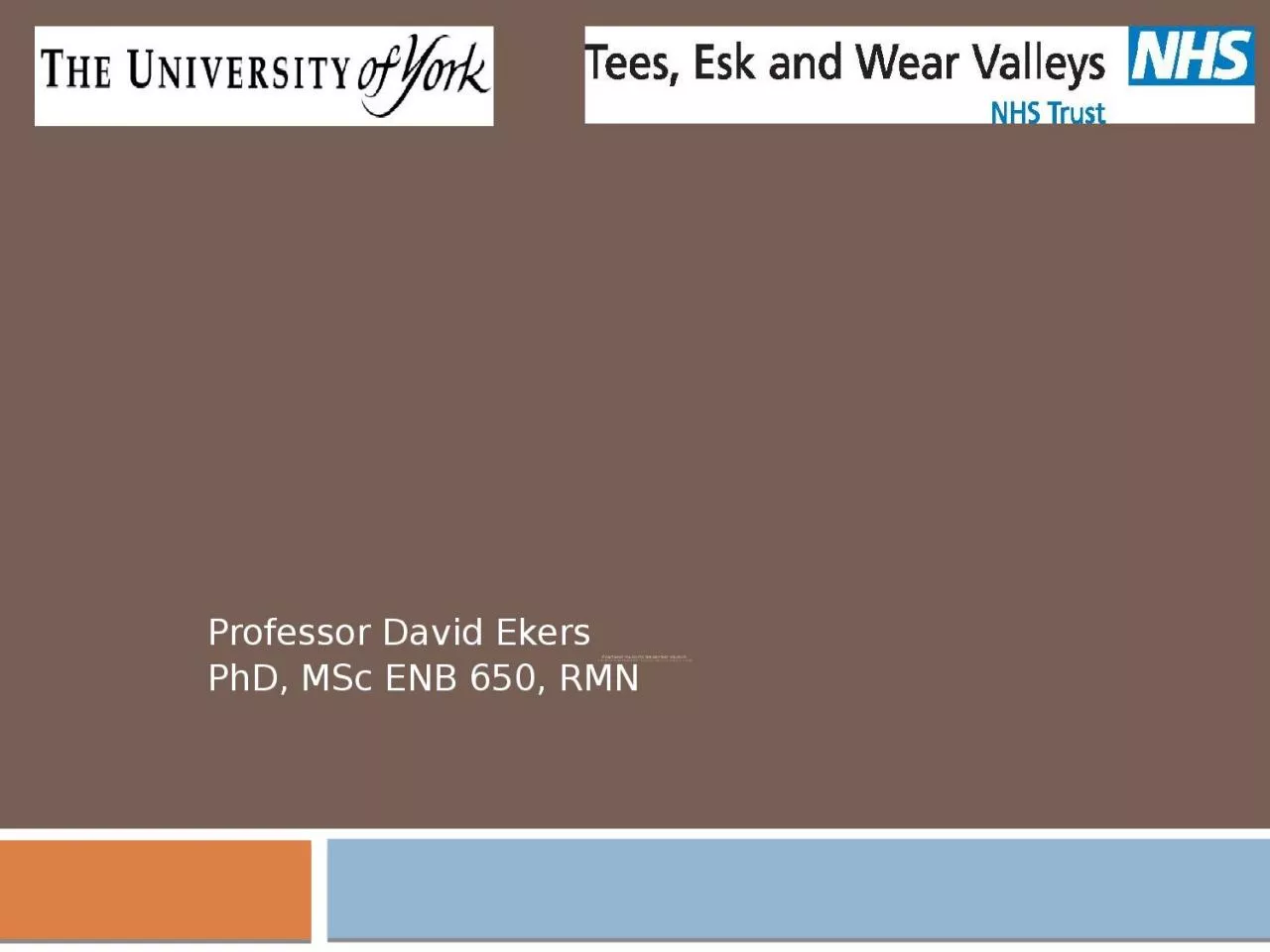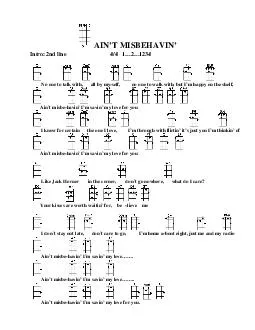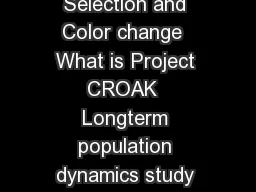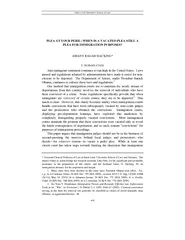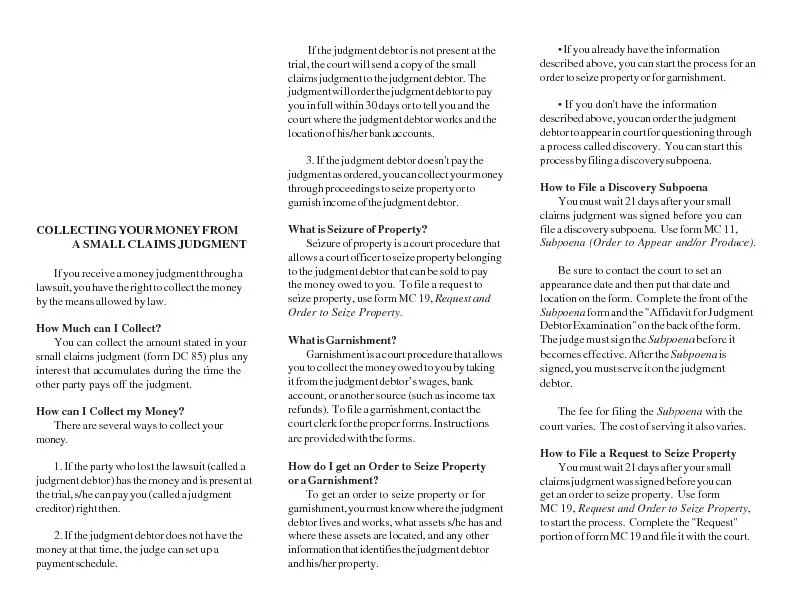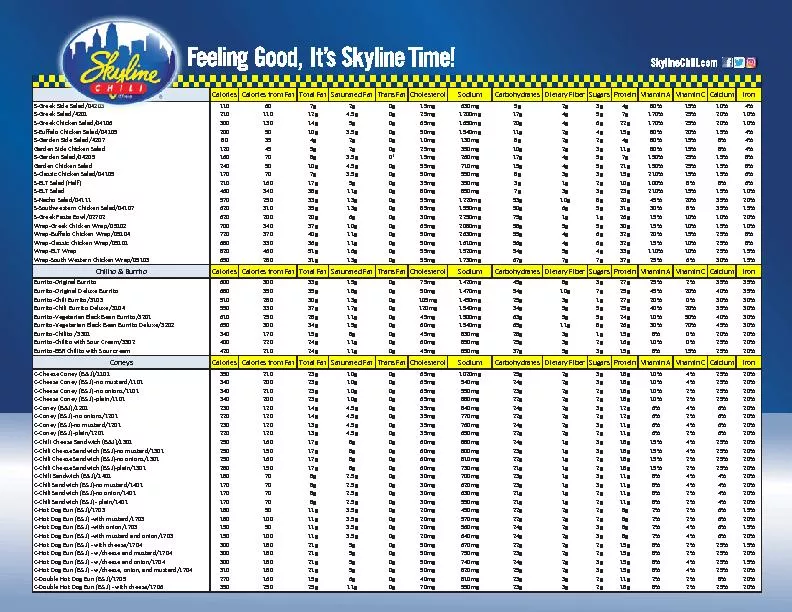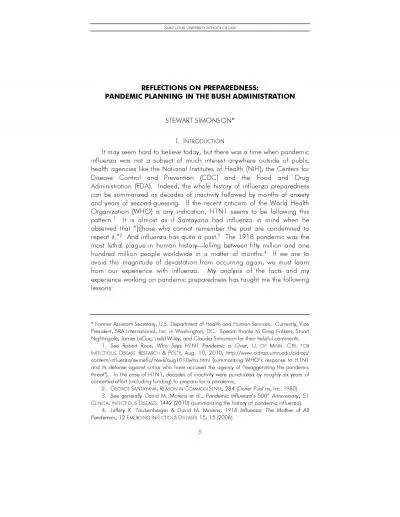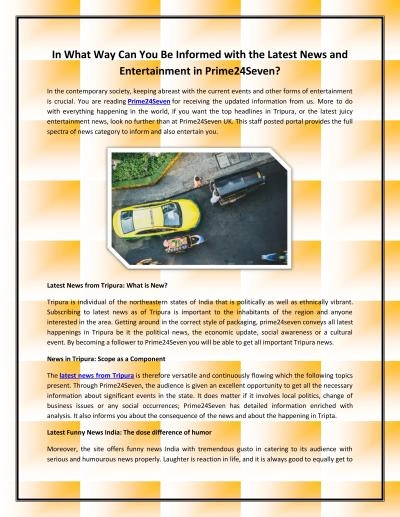PPT-It aint what you do it’s the way that you do it.
Author : freya | Published Date : 2024-02-02
Using Behavioural Activation as a psychological intervention to treat and prevent Depression in the third age Professor David Ekers PhD MSc ENB 650 RMN The talk
Presentation Embed Code
Download Presentation
Download Presentation The PPT/PDF document "It aint what you do it’s the way tha..." is the property of its rightful owner. Permission is granted to download and print the materials on this website for personal, non-commercial use only, and to display it on your personal computer provided you do not modify the materials and that you retain all copyright notices contained in the materials. By downloading content from our website, you accept the terms of this agreement.
It aint what you do it’s the way that you do it.: Transcript
Download Rules Of Document
"It aint what you do it’s the way that you do it."The content belongs to its owner. You may download and print it for personal use, without modification, and keep all copyright notices. By downloading, you agree to these terms.
Related Documents

